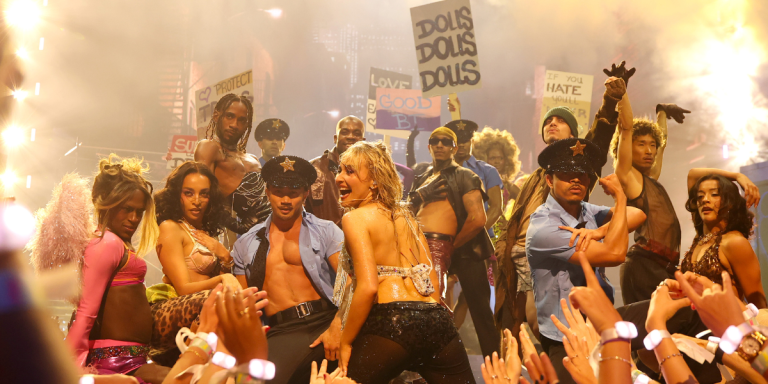politics + activism
What You Should Know About the Upcoming Supreme Court Hearing on Trans Athletes
Stef Rubino
Oct 20, 2025










